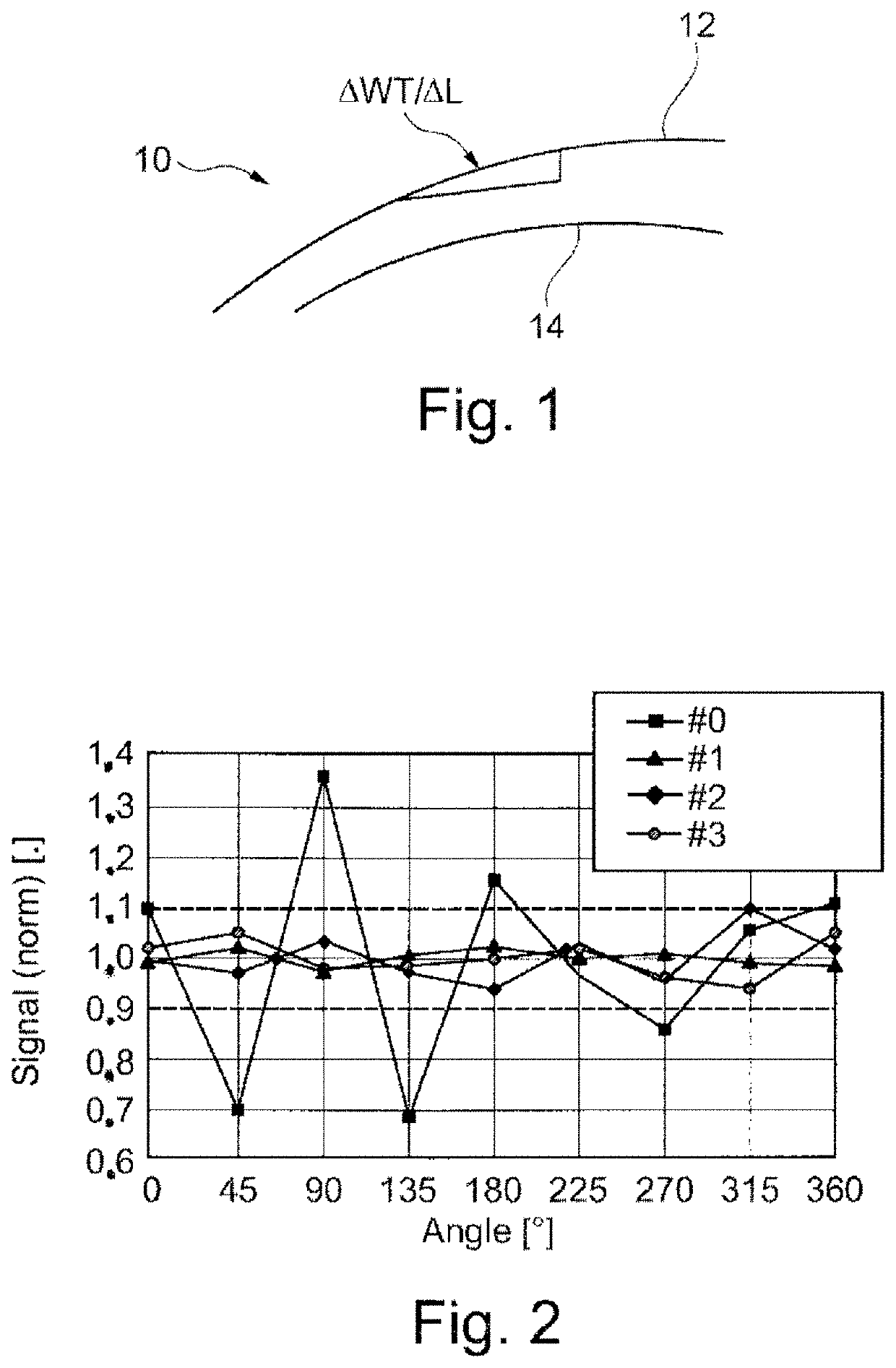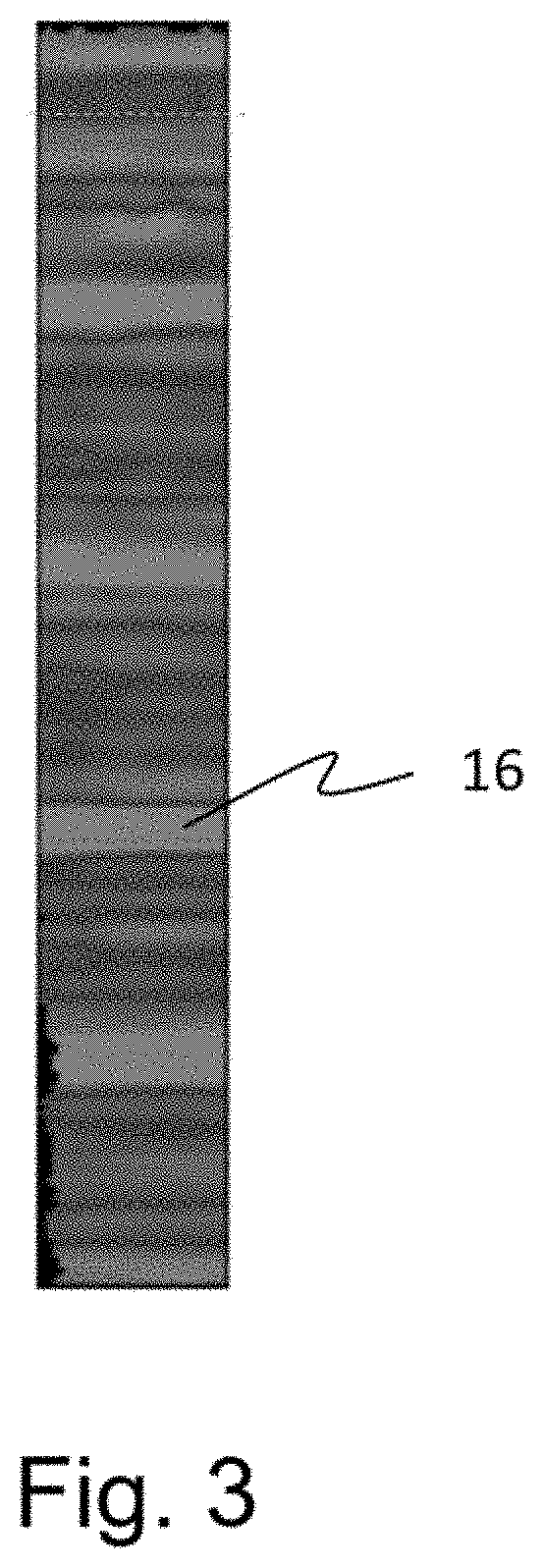Glass windows for lidar applications
a technology of glass windows and lidar windows, applied in the field of glass windows, can solve the problems of affecting the reflected light has to pass enormously, and the service life of the polymer window is often increased, so as to achieve the effect of reducing reflection losses and ensuring the optical performance and reliability of the system
- Summary
- Abstract
- Description
- Claims
- Application Information
AI Technical Summary
Benefits of technology
Problems solved by technology
Method used
Image
Examples
Embodiment Construction
mm and a target value of the wall thickness of 2.0 mm. A second example of a further embodiment of a glass window according to the present disclosure has the form of a complete ring (360°) with a target value of the outer diameter of 135 mm and a target value of the wall thickness of 2.0 mm. In both examples, the glass window is intended for a use in a LiDAR system with a laser having a working wavelength of 905 nm and has the following measures and parameters:
Properties and parameter values of the glassring according to the present disclosureFirst exampleSecond exampleOD0 or 2R0 [mm]85.00135.00OD [mm] with WT = constant85.00 ± 1.00135.00 ± 1.50OD [mm] with ID = constant85.00 ± 0.20135.00 ± 0.30WT [mm] with ID = constant 2.00 ± 0.10 2.00 ± 0.15WT [mm] with OD = constant 2.00 ± 0.10 2.00 ± 0.15ID [mm] with OD = constant81.00 ± 0.20131.00 ± 0.30n1.5089 ± 0.04 1.5089 ± 0.04RMS roughness [nm](surfaces of the inner andouter sides)max. SEG for length scales0.00050.0004between 0.1 mm and 1...
PUM
| Property | Measurement | Unit |
|---|---|---|
| Length | aaaaa | aaaaa |
| Length | aaaaa | aaaaa |
| Fraction | aaaaa | aaaaa |
Abstract
Description
Claims
Application Information
 Login to View More
Login to View More - R&D
- Intellectual Property
- Life Sciences
- Materials
- Tech Scout
- Unparalleled Data Quality
- Higher Quality Content
- 60% Fewer Hallucinations
Browse by: Latest US Patents, China's latest patents, Technical Efficacy Thesaurus, Application Domain, Technology Topic, Popular Technical Reports.
© 2025 PatSnap. All rights reserved.Legal|Privacy policy|Modern Slavery Act Transparency Statement|Sitemap|About US| Contact US: help@patsnap.com


